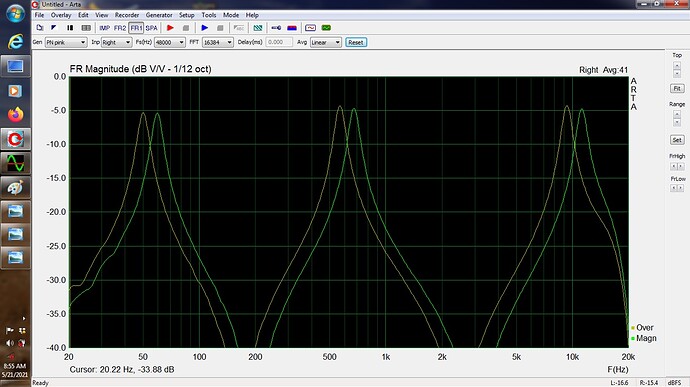Hi all,
I’m pondering how to generate a feedback effect with my Daisy similar to the Digitech Freqout and AcouFiend from BlueCat. It’s a cool effect that could apply to a lot of different instruments and would be really fun to have on the Daisy.
I have a few ideas for how to take a stab at this (I’ve tinkered with the Daisy in C++ enough to start prototyping something) but I’m so new to signal processing that I thought I might make more progress by asking others for advice.
My naive ideas:
- feed the last X samples of the incoming signal into a buffer
- analyze volume and frequency
- when overall volume drops below a certain threshold and frequency changes are somewhat static, ramp up the mix value over time of the buffer back into the output signal (additively with some gain)
- ramp down the mix value when incoming volume/frequency changes go back over a threshold
- shift the pitch of the delayed signal by some detected harmonic frequency (was going to brute force this detection with an FFT)
- slowly decay the delayed buffer (could be controlled by a footswitch)
Any ideas? I’ll make a simple prototype for my pod tonight, I’ll share the repo on GitHub.



